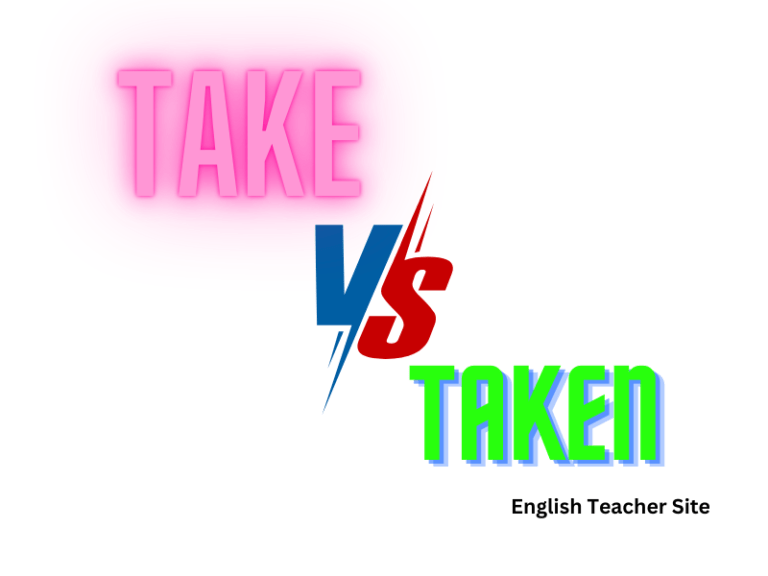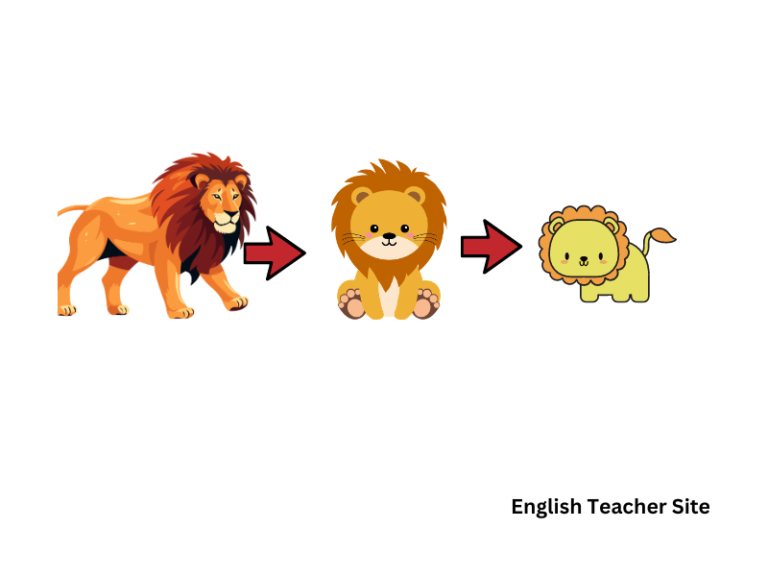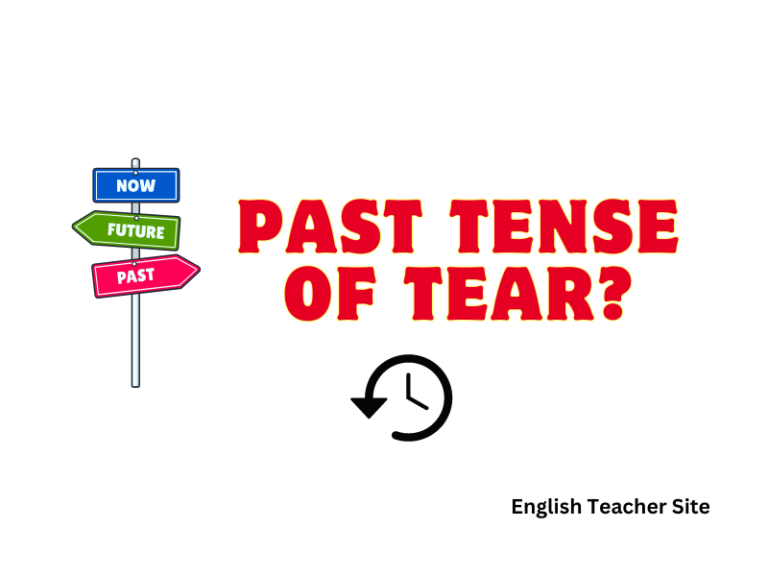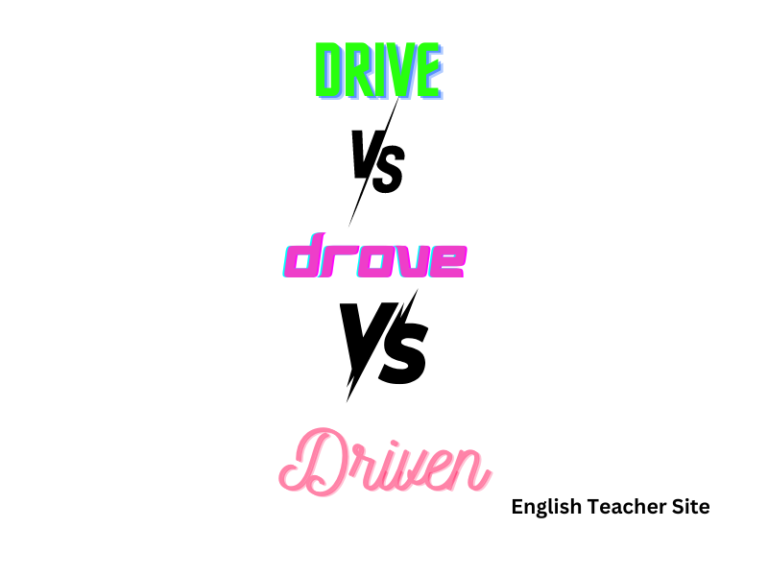Is It Bit or Bitten? Understanding the Past Tense of “Bite”
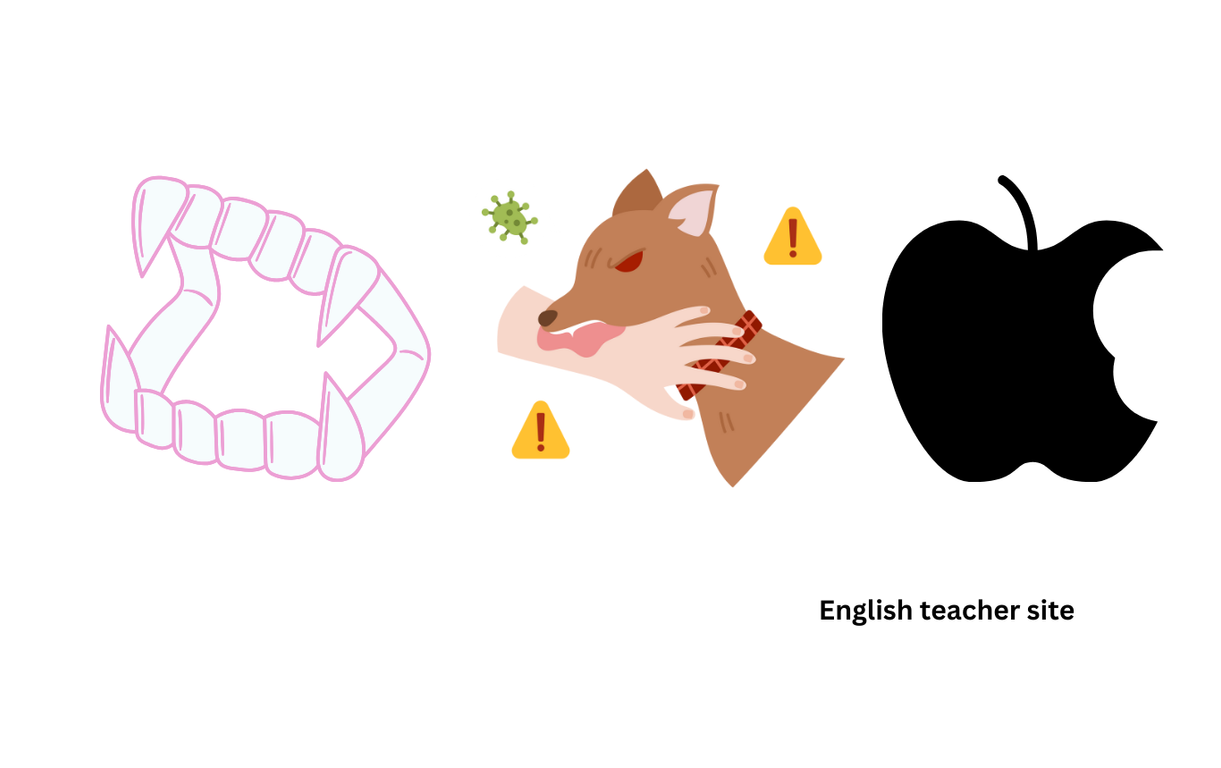
- “Bit” is the simple past tense of “bite,” indicating a completed action.
- “Bitten” is the past participle form of “bite,” used with auxiliary verbs or for the passive voice.
- Correct use of “bit” and “bitten” depends on the sentence context and tense requirements.
The English language is rich with verbs that do not follow a regular conjugation pattern, making them irregular verbs. “Bite” is one such verb, and its irregularity is evident in the shift from “bite” to “bit” and “bitten” in its various tenses. Contextual usage plays a crucial role in determining the correct form. Ensuring proper use of “bit” and “bitten” enhances clarity and precision in both written and spoken English, and familiarity with examples in sentences can reinforce the understanding of their appropriate application in communication.
Understanding Tense in English
Tense in the English language is used to convey the timing of an action. There are three primary tenses: past, present, and future, each with its own purpose.
The past tense indicates an action that has already been completed, the present tense indicates an action currently taking place, and the future tense indicates an action that will happen. With verbs, the past tense can manifest in simple or perfect constructions, affecting the way verbs like “bite” change their forms.
When considering the verb “to bite,” one must distinguish between its simple past tense “bit” and its past participle “bitten.” Here’s a quick reference:
| Simple Past Tense | Past Participle |
|---|---|
| Bit | Bitten |
The simple past tense “bit” is used for actions that were completed in the past:
- The dog bit the mail carrier last week.
The past participle “bitten” is used in perfect tense constructions and usually requires an auxiliary verb, like “have” or “had”:
- She has bitten into the apple.
To further break down the usage of “bit” and “bitten,” consider these bullet points:
- “Bit” is the default past tense when referring to a single, completed action.
- “Bitten” is necessary when forming the present perfect (have/has bitten) or past perfect (had bitten) tenses.
In addition to being influenced by tense, the choice between “bit” and “bitten” can be determined by whether the action is standalone or ongoing. Bitten also lends itself to passive constructions:
| Active Voice | Passive Voice |
|---|---|
| The cat bit the mouse. | The mouse was bitten by the cat. |
The Simple Past Tense of ‘Bite’
When discussing the simple past tense of the verb “bite,” one refers to the action that occurred at a specific time in the past. It is important to note that “bite” is an irregular verb, which means its past tense is not formed by simply adding “-ed” as with regular verbs.
The simple past tense of “bite” is “bit.” Here are some examples of its usage:
- Yesterday, she bit into a fresh apple.
- The dog bit the postman last week.
- He bit off more than he could chew during the competition.
| Subject | Simple Past Tense ‘Bit’ Sentence |
|---|---|
| She | She bit into the crunchy carrot. |
| They | They bit their tongues in restraint. |
| I | I bit into the sandwich emphatically. |
The usage of “bit” follows the rules of forming simple past verbs from irregular verbs. Here’s a concise tabular representation of when to use “bit”:
| Verb Form | Usage Example |
|---|---|
| Simple Past | He bit the cookie and smiled. |
In the third sentence, the past tense “bit” shows that the action happened in the past, and there is no continuation to the present.
Bullet points can help encapsulate the fundamental rules:
- Use “bit” for actions in the past with a definitive endpoint.
- “Bit” does not require auxiliary verbs.
- It clearly indicates a completed action.
The simplicity of “bit” makes it an easy structure for learners to grasp as they navigate the intricacies of irregular verbs in the English language.
Inflected Forms of ‘Bite’
The verb “bite” is an irregular English verb, meaning its inflected forms do not follow a simple, predictable pattern. Mastery of its conjugation is essential for proper grammatical construction in different tenses.
Past Participle
The past participle form of “bite” is “bitten.” This form is used with auxiliary verbs to create the perfect tenses.
| Tense | Example |
|---|---|
| Present Perfect | They have bitten the apple. |
| Past Perfect | She had bitten into the sandwich before realizing it was spoiled. |
| Future Perfect | He will have bitten into every piece of fruit by tomorrow. |
Present Participle
The present participle form for “bite” is “biting.” This form is typically employed to construct the progressive aspect.
| Tense | Example |
|---|---|
| Present Progressive | They are biting into the crusty bread. |
| Past Progressive | She was biting her nails during the movie. |
| Future Progressive | He will be biting off more than he can chew with that project. |
When discussing the past tense of “bite,” the appropriate form is “bit.” It’s crucial to discern between “bit” and “bitten” to maintain the grammatical integrity of a sentence.
Examples of “bite” in past tense:
- Yesterday, the dog bit the postman.
- She bit into the juicy pear last night.
By contrast, “bitten” is reserved for situations where the action of biting is associated with an auxiliary verb, signifying that the action is complete.
Examples of “bite” in present perfect tense:
- The mosquitoes have already bitten us several times.
- Have you bitten into the lemon, expecting it to be sweet?
Understanding the distinctions between these forms ensures clear and effective communication.
Examples of bite (verb) in sentences
The verb “bite” has different forms depending on the tense it is used in. In the simple past tense, “bite” becomes “bit,” whereas the past participle form is “bitten.” Understanding how to use these forms correctly is essential for constructing proper sentences in English. Below are examples of “bite” in various sentences, demonstrating the correct use of its past forms.
Simple Past Tense: ‘bit’
This form is used for actions that were completed in the past:
- She bit into the apple with a loud crunch.
- The dog had bit the intruder before the police arrived.
Past Participle: ‘bitten’
This form is often used with auxiliary verbs to create different past tenses:
- I have bitten into too many sour lemons today.
- They had already bitten off more than they could chew with the project.
Here, we categorize sentences based on simple past and past participles:
| Simple Past (bit) | Past Participle (bitten) |
|---|---|
| The child bit her lip in anxiety. | He has bitten into the sandwich. |
| They bit down on their candies. | She had bitten off a piece before realizing it was too hot. |
Using bullet points to distinguish contexts:
Simple actions in the past:
- The fish bit the bait this morning.
- She bit her tongue accidentally while speaking.
Actions occurring over a period of time:
- I have bitten my nails ever since I was a child.
- They had bitten into many fruits before deciding which one was the sweetest.
Remember to choose “bit” or “bitten” based on the tense and structure of your sentence.
Examples of bit (word) used in sentences
In English grammar, selecting the correct form of the verb “bite” depends on the tense you need. The past simple tense of “bite” is “bit,” while “bitten” is used as the past participle. Here, we will focus on how “bit” is employed within various sentence structures.
Single-Action Events
When referencing a single event that occurred in the past, “bit” is the appropriate form. Observe how it is used to describe individual actions that have already happened.
- He bit into the apple, revealing a worm inside.
- The frightened kitten bit the vet during the examination.
Table of Past Simple Uses
| Subject | Verb (bit) | Direct Object | Remaining Sentence |
|---|---|---|---|
| She | bit | her lip | nervously. |
| They | bit | – | into their lunch. |
Repeated Actions in the Past
“Bit” also articulates repeated actions or habits that took place in the past. The sentences below highlight such repeated occurrences.
- Every time she was anxious, she bit her nails.
- The dog often bit the postman’s heels during his rounds.
Table of Habitual Actions
| Subject | Frequency | Verb (bit) | Remaining Sentence |
|---|---|---|---|
| The baby | invariably | bit | his toys. |
| He | frequently | bit | off more than he could chew. |
In Negative Sentences
For negative constructions in the past simple, “bit” is used after “did not” or the contraction “didn’t” to negate the action:
- She didn’t bite her tongue, even though she disagreed.
- They didn’t bite when offered the suspicious deal.
Using “bit” in Questions
Finally, when forming questions in the past simple tense, “bit” follows the auxiliary verb “did”:
- Did the puppy bite the slipper?
- Did anyone bite at the opportunity you offered?
In these demonstrations, “bit” accurately represents the past simple tense of “bite,” effectively conveying actions that were completed in the past.
Examples of “bitten” Used in Sentences
In the English language, “bitten” is typically used as the past participle form of the verb “bite”. Understanding its usage is essential for mastering verb tenses. Let’s explore some examples of “bitten” in sentences to provide clear contexts for its application.
Instances of “bitten” portraying its past participle usage:
| Sentence Example | Explanation |
|---|---|
| She had already been bitten by the bug of travel. | Indicates an action completed at some point in the past. |
| His hand was swollen because he was bitten by a bee. | Describes the result of an action in the passive voice. |
Now, here are more examples, illustrating how “bitten” functions in various sentence structures:
- Examples:
- They had just bitten into fresh pastries when the phone rang.
- The child was frightened because he had been bitten by a dog.
- She has bitten off more than she can chew with her new project.
Usage in Progressive Tenses:
“Bitten” can also appear in progressive tenses that indicate ongoing actions in the past.
| Progressive Tense Example | Explanation |
|---|---|
| He was being bitten by mosquitoes all evening. | Reflects an action that was ongoing in the past. |
| I realized I had been bitten when I felt the itch. | Describes the discovery of an action that occurred previously. |
Idioms and Phrases with Bite
These idioms enrich everyday language and are utilised to convey abstract ideas more vividly. They are frequently metaphorical and can be heard in both casual conversation and formal discourse.
Below are some common idioms that include the word bite:
- Bite the bullet: To endure a painful or otherwise unpleasant situation that is unavoidable.
- Bite the dust: This means to fail or to fall down dead.
- Bite off more than one can chew: To take on a task that is too big or beyond one’s ability.
- Bite the hand that feeds you: To treat someone badly who has helped you in some way, often someone who has provided financial assistance.
In written and spoken English, these idioms serve to convey complex messages succinctly and often with a hint of color or emotion.
Here are examples of the verb bite in idiomatic expressions:
| Idiom | Usage |
|---|---|
| Bite the bullet | He decided to bite the bullet and go back to school. |
| Bite the dust | Three of the runners bit the dust in the last lap of the race. |
Additionally, idioms with bite in a more literal sense include:
| Idiom | Usage |
|---|---|
| Bite one’s tongue | She had to bite her tongue to not say anything rude. |
| Bite to eat | They grabbed a bite to eat before the movie. |
Exploring idioms such as these reveals the playful and dynamic nature of language, and illustrates how the concept of a bite can extend beyond its literal meaning into more nuanced and complex uses.
Usage in Context
“Bit” is the simple past tense form, and “bitten” is the past participle, often accompanied by an auxiliary verb.
Examples in Sentences
Simple Past Tense:
- She bit her lip nervously during the interview.
- The dog had bit the postman once before.
Past Participle:
- She has bitten into apples before, but never liked the taste.
- That particular breed of dog should be avoided as it has bitten several people.
These examples demonstrate the different usages of “bit” and “bitten” in a sentence.
Common Mistakes
Common mistakes often arise from confusing the simple past with the past participle. Here are some examples where errors frequently occur:
- Incorrect: She has bit her nails since she was a child.
- Correct: She has bitten her nails since she was a child.
The table below will further clarify these common errors:
| Incorrect Usage | Correct Usage |
|---|---|
| The cat has bit me. | The cat has bitten me. |
| He had bit the bullet. | He had bitten the bullet. |
When constructing sentences in the past tense, it is important to choose “bit” or “bitten” appropriately to maintain grammatical accuracy.
Origin and Etymology
The English verb “bite” comes from the Old English word bitan, which has its roots in the Proto-Germanic bitan.
This term is derived from the Proto-Indo-European root *bheid-, meaning “to split”. Linguistic evidence suggests that the idea of splitting or piercing epitomizes the original conception of “bite”.
| Germanic Origins | Proto-Indo-European Roots |
|---|---|
| Proto-Germanic: bitan | Proto-Indo-European: bheid- |
| Old English: bitan | Meaning: “to split” |
The past tense and past participle forms of “bite” in modern English are “bit” and “bitten,” respectively. “Bit” is used as simple past, e.g., “She bit the apple,” while “bitten” is used as a past participle, e.g., “She had bitten into the apple before noticing the worm.”
“Bit” – Simple past tense
- Examples:
- He bit into the sandwich.
- They bit off more than they could chew.
- Examples:
“Bitten” – Past participle
- Examples:
- It has been bitten.
- She had been bitten by the bug.
- Examples:
The evolution of these forms arises from the irregular conjugation patterns in English. They differ from regular verbs, which simply add -ed to create both the past tense and past participle forms.
| Present | Past | Past Participle |
|---|---|---|
| bite | bit | bitten |
The intricacies of the verb “bite” exemplify the complex history of English verb conjugation, reflecting influences from Germanic and other linguistic ancestries. English speakers continue to navigate these variations, ensuring that the historical essence of the language endures in its modern usage.
Source
My name is Khamis Maiouf. I am the creator of the English Teacher Site, dedicated to providing valuable resources and insights for students around the world. With a passion for education and a commitment to helping students enhance their skills, I aim to make English teaching more effective and enjoyable for both educators and students.

